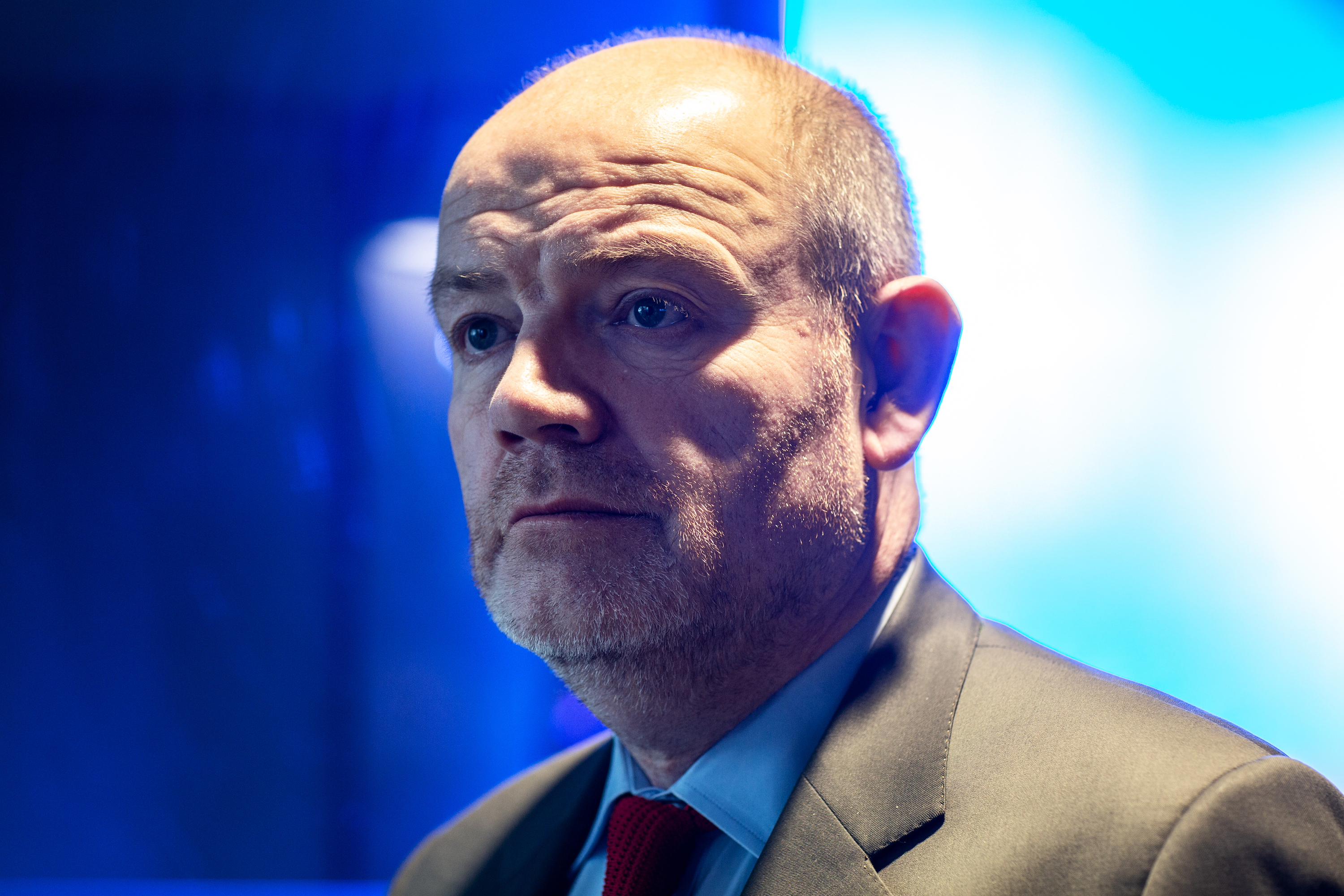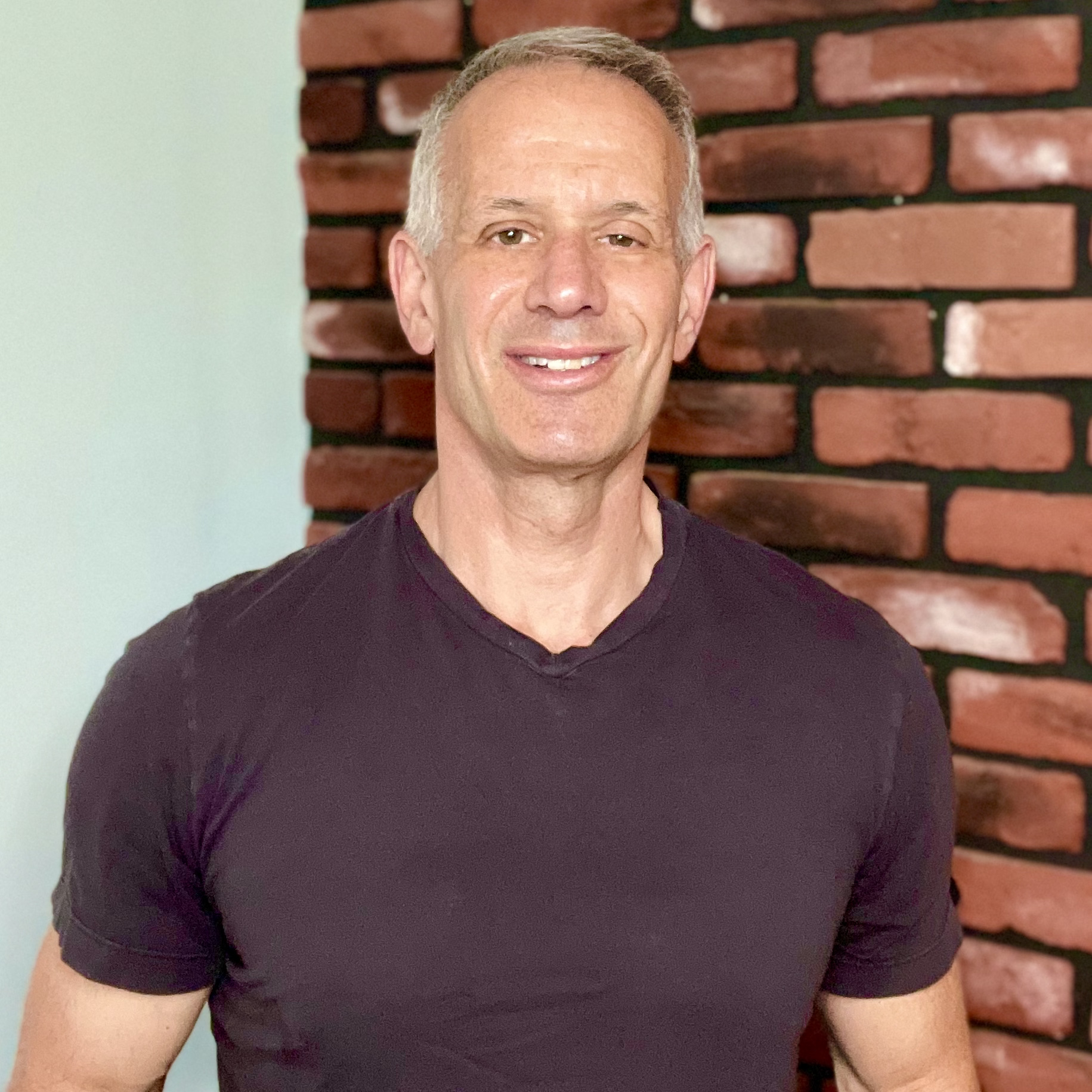Why Mark Thompson's CNN Transformation Needs To Start With CNN.com, Not CNN Max (Wolk)

Back in 1980, when Ted Turner first launched CNN, he was fulfilling the classic unmet consumer need.
Turner wisely bet on the fact that there were millions of news junkies out there who wanted more than the currently available diet of morning newspapers, local news radio and network and local evening news programs were providing.
That was 43 years ago.
Today, CNN’s newly appointed CEO, Mark Thompson, has a very different challenge.
To begin with, there really isn’t any unmet consumer need that a 24-hour TV news channel can fulfill.
News is available in real time on numerous websites, social media platforms, podcasts and blogs. That includes everything from breaking stories to deep analysis, all of it available as video, audio and/or text.
So where does CNN and its sibling, the new CNN Max, fit into this new ecosystem?
NEXT TV NEWSLETTER
The smarter way to stay on top of the streaming and OTT industry. Sign up below.
It All Starts With The Website
Thompson performed a near-miraculous turnaround with the New York Times. But all of his enhancements, from games to podcasts to the oft-pilloried cooking section, sprang from the same place: the nytimes.com website and its accompanying mobile apps.
CNN’s current website is a different story. It feels very much like what I will assume it was originally designed to be, which is a marketing tool for the network.
This means that the goal of the website is not to keep viewers engaged, but rather, to get them to tune in to the TV network and subscribe to a cable provider that carries CNN if they have not already done so.
There’s so much missed opportunity there.
CNN has the opportunity to make their website competitive with the Times, the Wall Street Journal and the Washington Post.
That means treating the website more as a news site and less as a marketing tool, so that viewers can easily scan and read the day’s top stories along with insight and expose pieces, and then dig deeper with video should they so desire.
Given the massive layoffs in the newspaper industry, it should not be hard to find the right talent pool. CNN can also draw on the sizable number of well-known print journalists like the Times' Maggie Haberman, who hold the title of “special correspondent” at the network.
The fact that these journalists often appear on CNN and other cable news networks plays a key role in their continued prominence — the journalists share their clips on social media and reference them in articles, giving CNN what the industry calls “earned media” and everyone else calls “free PR.”
So start with that and with hiring someone with serious chops to serve as editor-in-chief of the website. Hire someone who can organize the overwhelming number of stories you have coming in and then create a central narrative that is reflective of a premier national news source. That narrative should not mimic the Times, Journal or Post, but it should convey the same degree of gravitas and, more importantly, have an immediately recognizable style.
Because branding, especially on the website, is way more important than CNN has ever realized it is and, sorry, “Anderson Cooper” is not branding.
The second thing you need to do, even before you make any other moves, is to get rid of the Outbrain spam links on the homepage. You know, the ones listed as “paid content” that say (and I am literally cutting and pasting here) “Men Over 40: No More Blue Pills (Watch)” and “This New Device Is Leaving Neuropathy Experts Baffled” (Neuropathy, Google tells me, is a disease of the nerves, not an area of medicine related to neurology. And the reason I used Google is because Apple’s Safari browser won’t even open the Outbrain websites—it tells me they are spam and blocks them.)
But I digress.
Those “stories”, which appear at the bottom of every single page on the CNN website, cheapen your brand in ways the Murdochs can only dream of.
They tell people that “nothing you read here is serious, it’s all just filler copy so that you can click on the spam links below.”
This taints your entire brand in ways no amount of affiliate marketing fees can make up for.
Enough about weaknesses though. Let’s talk about strengths
Video is clearly your strong point. The newspaper-based news sites have long struggled with video. The Times has a bunch of it, so does the Journal, but it’s often peripheral and used for service or special interest stories.
CNN, on the other hand, is all about video, meaning you can add clips to breaking news stories for users who want to go deeper, even linking them to live reports.
You can then use the video clips on social media as a way of driving people back to the website, or to promote the network and/or specific shows. You can even create narratives by linking Instagram stories together, each one going a little deeper than the one before.
This means you’d need to hire some people who have done that sort of thing —influencers or people who manage influencers, people who know how to work social media.
What you don't want is someone who was previously the Vienna bureau chief.
Video works in other ways, too. You can run clips and trailers of movies and TV shows you are reviewing. Product demos for your Wirecutter competitor. (You do actually have one. It’s called CNN Underscored, and you should definitely look to beef it up and enhance its credibility.)
You also have celebrities.
Both A-List movie and pop stars and political heavyweights.
Everyone wants to be on TV, so everyone, at some point, comes to CNN.
Use them.
Make some of those politicians write an op-ed for you if they’re going to do an appearance. Get some of those movie stars to create service pieces for you. It gives you solid articles that are both evergreen and create interest on social media.
Finally, there’s gaming.
Wordle is probably the best million dollars the Times ever spent. Find something in that vein, something addictive, but that you can also take to TV. Imagine if CNN owned Wordle and you then created a game show around it, one where people who played the game online also got a shot at appearing on TV, which would create an additional layer of interest and excitement.
That’s just a start, an off-the-top-of-my-head list.
There are plenty of other improvements and innovations that CNN can make to set itself off from its cable news peers and make it the preeminent 21st century global news source.
But they all start in the same place: the website.
Alan Wolk is the co-founder and lead analyst for media consultancy TV[R]EV

